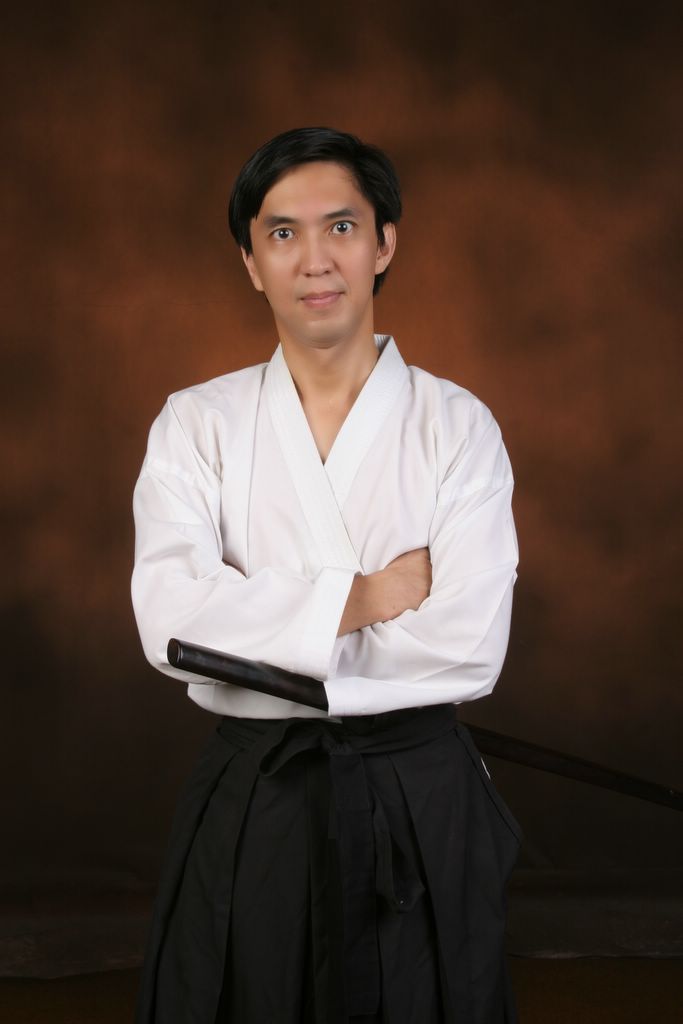Steven Miranda on Overcoming Resistance to Change
Published on November 21, 2005
Lucent Asia’s former HR head and visiting Sasin professor talks to KI Woo about executing change.
As Thai companies strive to be more globally competitive, the need to implement change effectively is readily recognised as a necessary strategy.
However, as these companies and organisations begin implementing change processes, many of them face hostile confrontation from entrenched organisational structures and legacy-ridden corporate cultures.
Recently, Steven Miranda – a visiting ChulalongkornUniversity Sasin BusinessSchool professor – told The Nation that entrenched hierarchies in many organisations often made change a difficult process, especially if experts were brought in from the outside.
“Change is complicated because many people tend to overvalue what they currently have,” he said.
Consequently, when new processes are introduced many people tend to think that the existing structure, the existing team and the current way of doing things are invaluable to the organisation. “At the same time, they tend to undervalue any proposed changes,” Miranda said.
Miranda, who spent more than two decades with AT&T and its Lucent spin-off – including a final stint as Lucent Asia’s HR head, where he was responsible for all the human-resource aspects of more than 11,000 employees throughout the region – said that anyone experiencing major life changes underwent a similar process. “For instance, anyone contemplating marriage or awaiting the birth of a first child usually experiences a lot of anxiety prior to the event.”
However, he added, once the event occurs, the results were usually quite different from what was previously feared. “Oftentimes the results are better than expected.”
Miranda teaches several courses a year at Sasin’s MSc in Human Resource Management Program on behalf of the US-based Society for Human Resource Management (SHRM), which is headquartered in Alexandria, Virginia. “We are Sasin’s partner in offering their graduate HR program,” he said.
Currently, he serves as the SHRM’s chief human-resource and strategic-planning officer. “The SHRM is the world’s largest association devoted to human-resource management and currently has more than 200,000 individual members worldwide in more than 100 countries,” he said.
To implement change effectively, particularly for an entrenched organisation, Miranda said the most critical element was management’s genuine desire to implement any changes.
“Management must clearly communicate the strategic goals of the proposed changes and – most importantly – motivate the people in the organisation to accept and implement the changes.”
Miranda also said that companies should not try to radically change an existing culture. “The organisation should initially focus on changing a couple of major items and ensure that the culture gradually moves toward a different direction,” he said.
According to Miranda, most companies seek to implement change when they realise that what they are doing is not working. “However, at the same many of them don’t have a clear vision of what they want to change into.”
The most critical step for any organisation contemplating change, he said, was taking the initial step to start the project. Miranda also said that it was not necessary to have an ideal solution in mind before a company embarked on any change process. “I think that is something the organisation must work towards.”
As with life itself, Miranda said that change was a whole discovery process. “It’s a matter of taking the first step, but we should have some type of end in mind.”
The entire change process, he added, was a matter of discovery as you go along. “Leadership is the ability to take what you know and then figure out what you have to do to close any gaps.”
Great leaders, in his view, also have the ability to develop and implement innovative ways to accomplish the overall objective.


0 Comments:
Post a Comment
<< Home